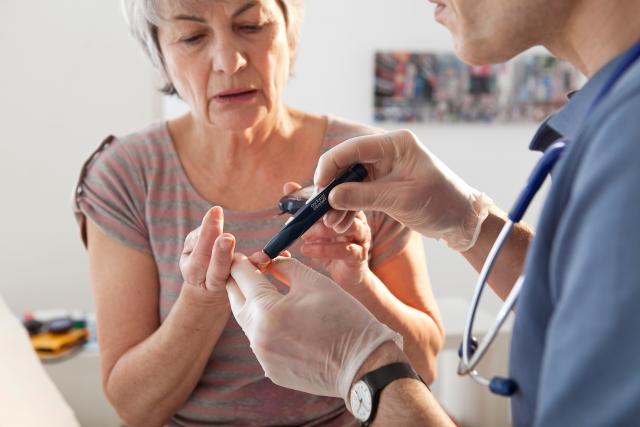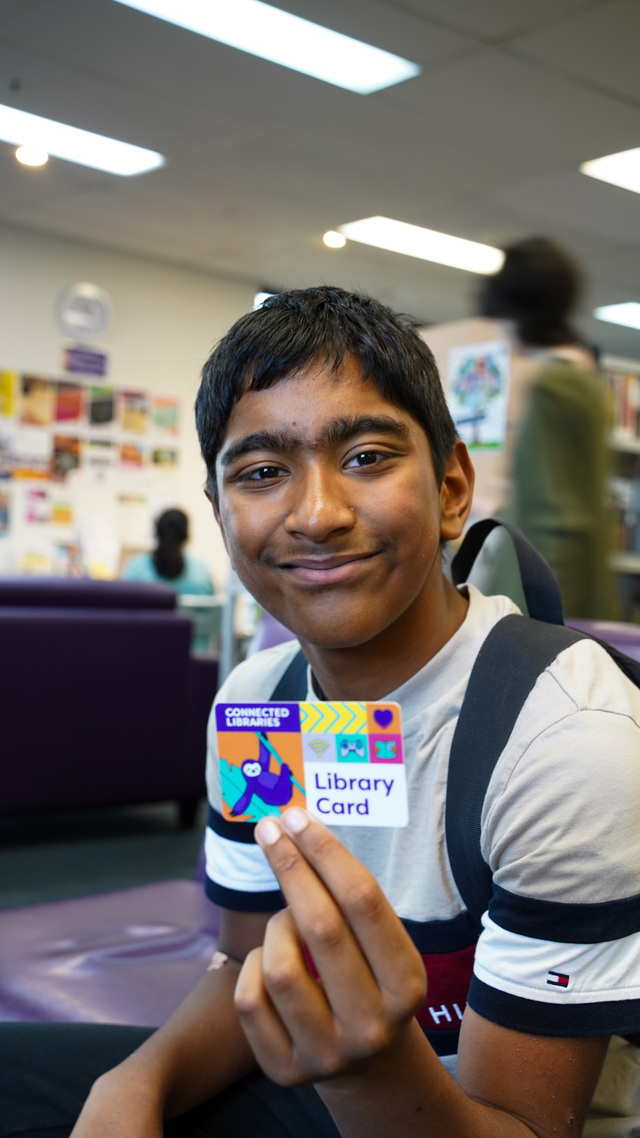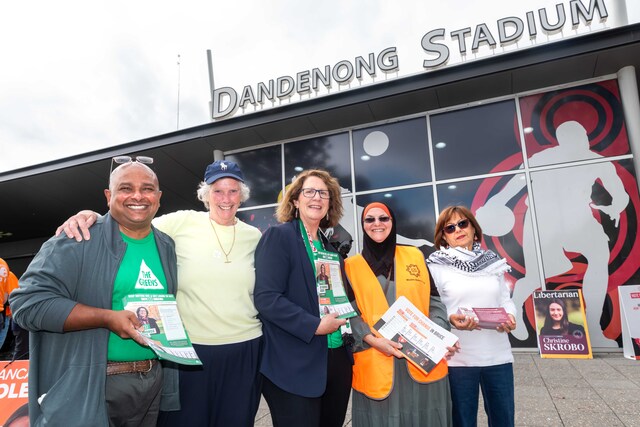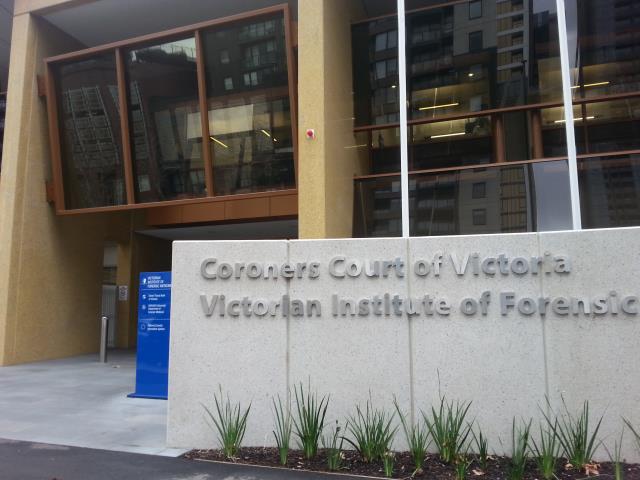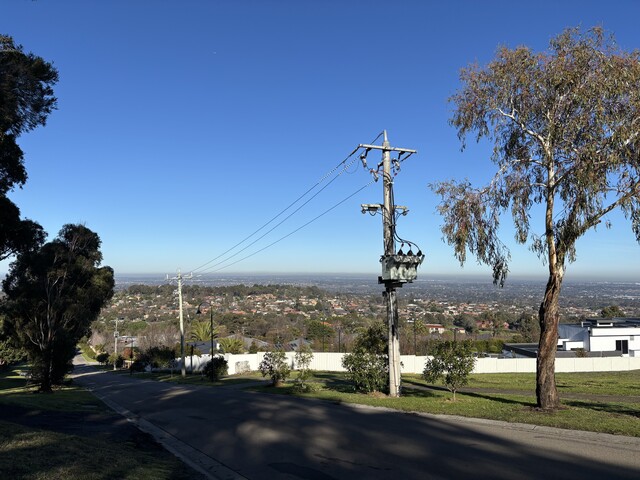Casey residents suffering from diabetes will surely welcome a new inquiry by Australian House Health Committee focusing on the impacts, prevention and management of the disease.
While City of Casey is below the Greater Melbourne, Victorian and broader Australian benchmarks for almost all long-term health conditions, the region fares worse for diabetes.
The Australian Bureau of Statistics Census of Population and Housing 2021 showed 5.2 per cent of Casey’s population suffers from diabetes.
Meanwhile, in the Greater Melbourne area, 4.5 per cent of population are affected by the disease.
In Victoria and Australia more broadly, the benchmark is 4.7 per cent of the population.
Inside Casey’s boundaries, six suburbs stand out with the highest rates of diabetes.
Six per cent of Cranbourne’s population are affected, while in Doveton, 6.5 per cent have the disease.
In Hampton Park, the rate is 6.7 per cent, raised to 6.9 per cent in Endeavour hills.
The two suburbs with the highest rate of diabetes are Hallam, at 7.2 per cent, and Junction Village, at 8.2 percent.
In 2020, diabetes was in the top ten leading causes of death in Australia, accounting for 10.8 per cent of all deaths.
The likelihood of mortality increases with age and is 1.7 times more likely in males than females.
The condition is 2.4 times more likely to occur in low socioeconomic areas.
Some suburbs of Casey show rates substantially lower than the Melbourne, Victorian and Australian benchmarks.
Clyde North, Clyde and the Casey Coast were among the suburbs with the lowest rates, at 3.9 per cent, 3.6 per cent and 3.7 per cent respectively.
Botanic Ridge takes the win for lowest incidence of diabetes, with only 2.9 per cent of the suburb’s population being affected by the disease.
City of Casey Manager Connected Communities, Sara Ball said the council has an “important role to play“ in the good health and wellbeing of people in the municipality.
“Among other factors, Casey’s Health and Wellbeing Strategy 2021-25 sets out Council’s directions to improve access to healthy and affordable food, reduce harm from alcohol and tobacco, promote active living, help people build supportive social networks, and access services and opportunities to participate in community life,“ she said.
“These supports can assist the Casey community to address modifiable lifestyle factors that are risk factors for type 2 diabetes.“
Diabetes is the world’s fastest growing chronic health condition, currently impacting approximately 1.3 million Australians.
There are multiple forms of the disease, including type 1, type 2, gestational and other rare types.
House Health Committee Chair, Dr Mike Freelander MP said the committee wants to “better understand the current situation regarding diabetes in Australia“.
The inquiry will examine the “effectiveness“ of current Australian policies and programs and how they aim to prevent, diagnose and manage the condition.
“The Inquiry will be broad and will also look at lifestyle factors and the interaction between lifestyle, Type 2 diabetes, and obesity,“ Mr Freelander said.
“The Committee looks forward to hearing from individuals with diabetes, healthcare service providers, researchers, peak bodies, the Australian Government, state and territory governments and members of the public to understand new evidence-based advances in the prevention and management of the condition, and the broader impacts of diabetes on Australia’s health system and economy.“
Diabetes Australia has commended the Albanese Government for the “numerous significant initiatives“ in this year’s Budget that will help people living with diabetes.
Diabetes Australia Group CEO Justine Cain said “improving bulk billing, new longer consults with GPs, as well as initiatives to reduce the impact of diabetes-related wounds and amputations will all help people living with diabetes“.
“Bulk billing payments for GPs have been tripled for face-to-face and telehealth consultations with eligible concession card holders and children under 16 years of age,” she said.
Other improvements have come in the form of chronic disease management reforms, a chronic wound consumables scheme, support for First Nations dialysis in regional and remote Australia and new multidisciplinary teams.
“This Budget delivers good news for many people living with diabetes,“ Ms Cain said.

